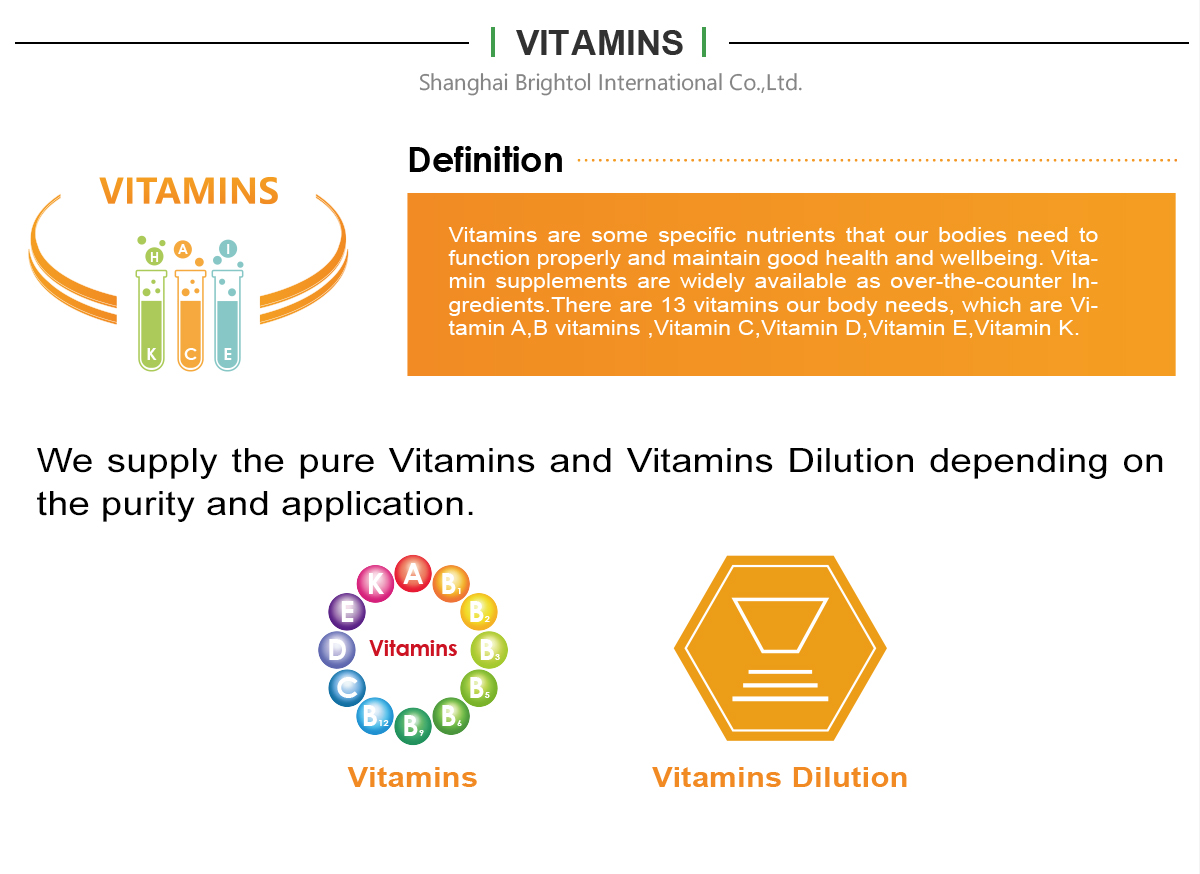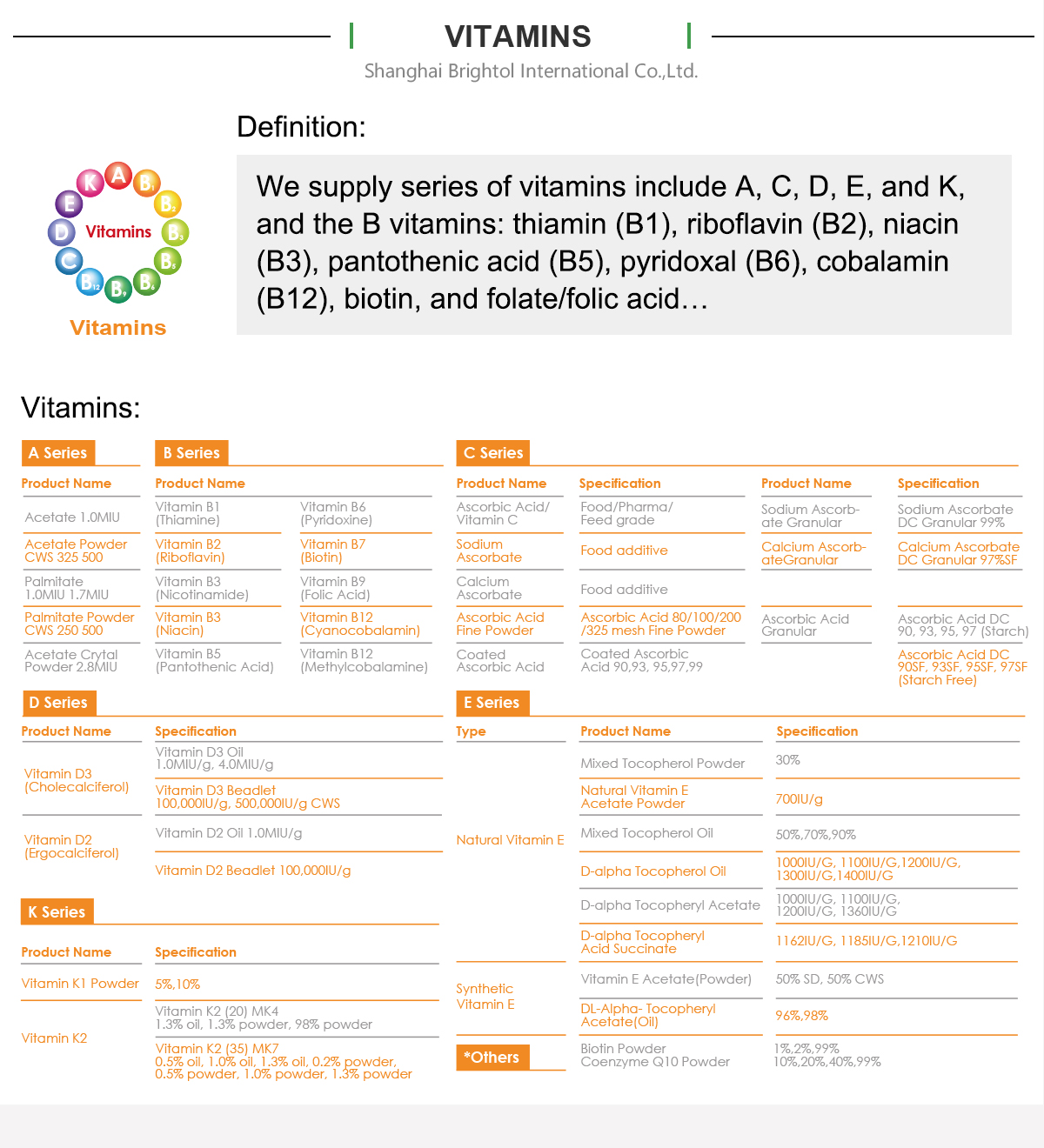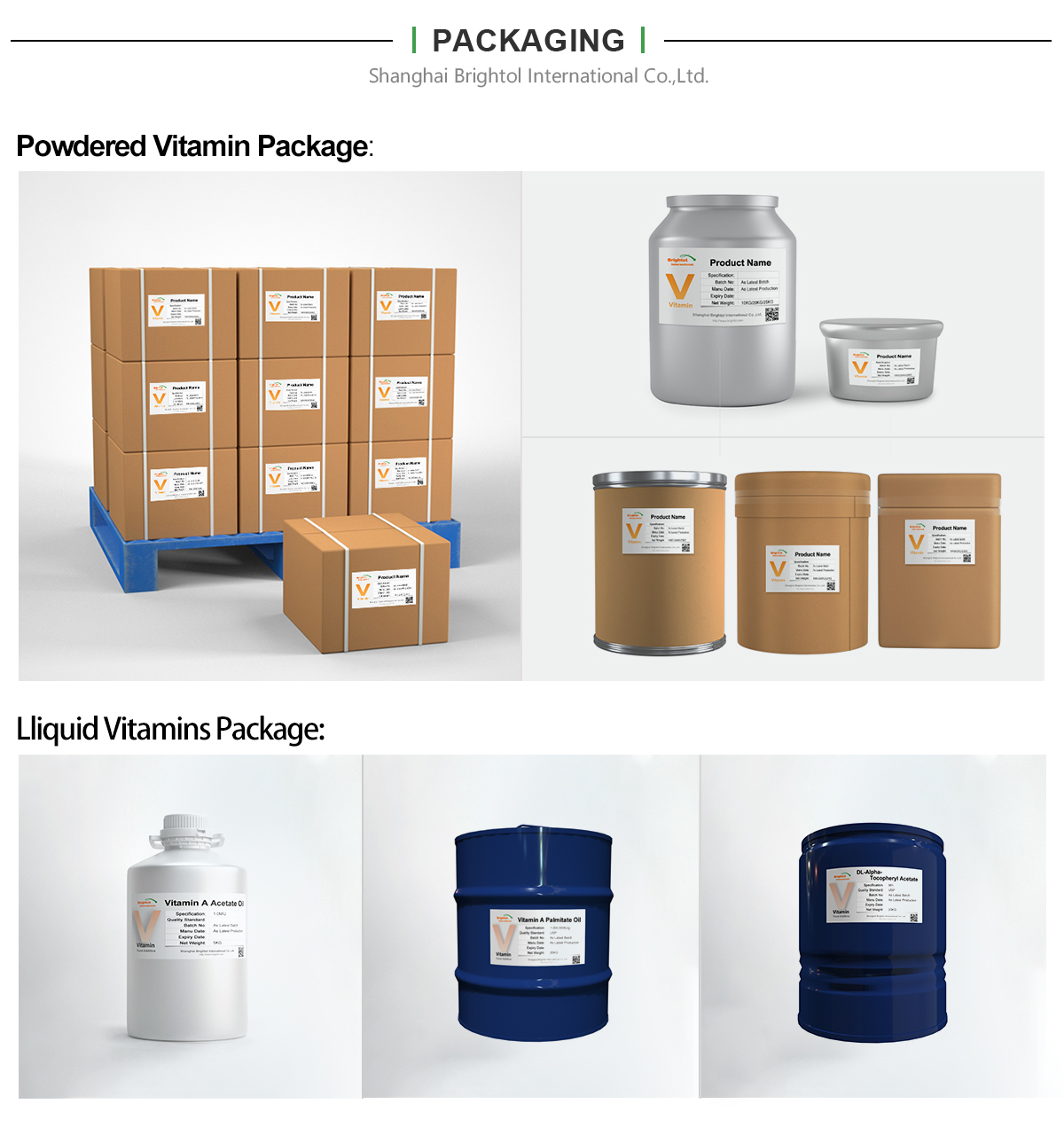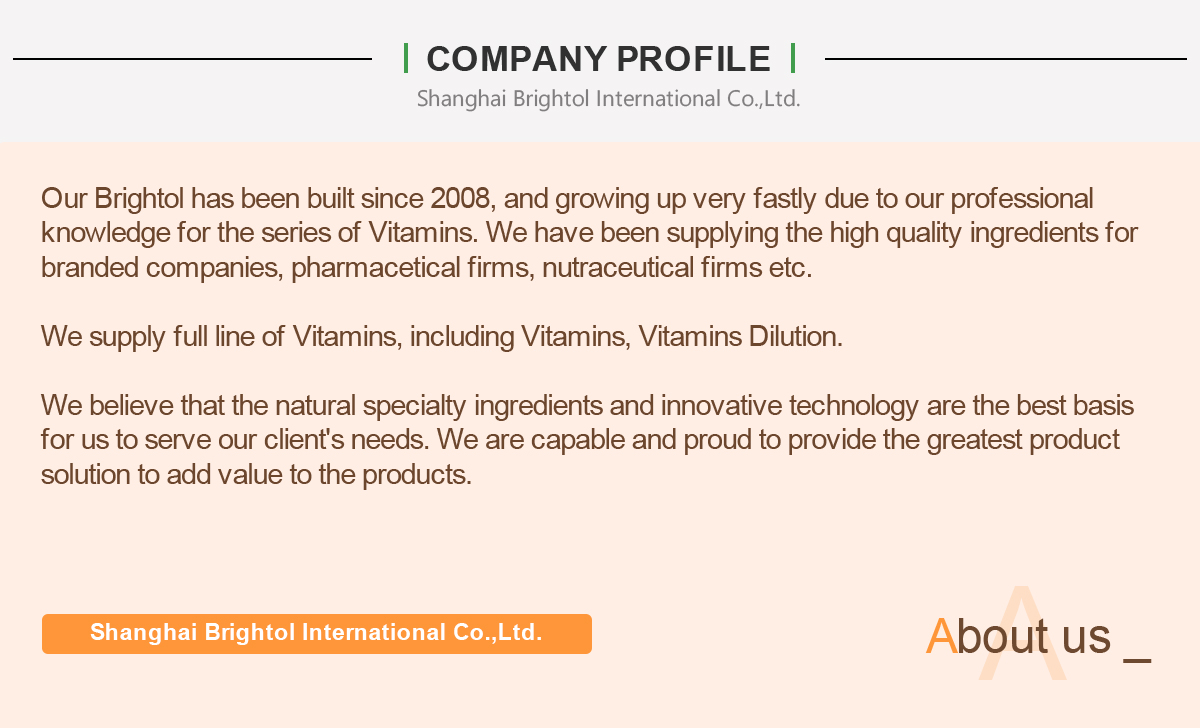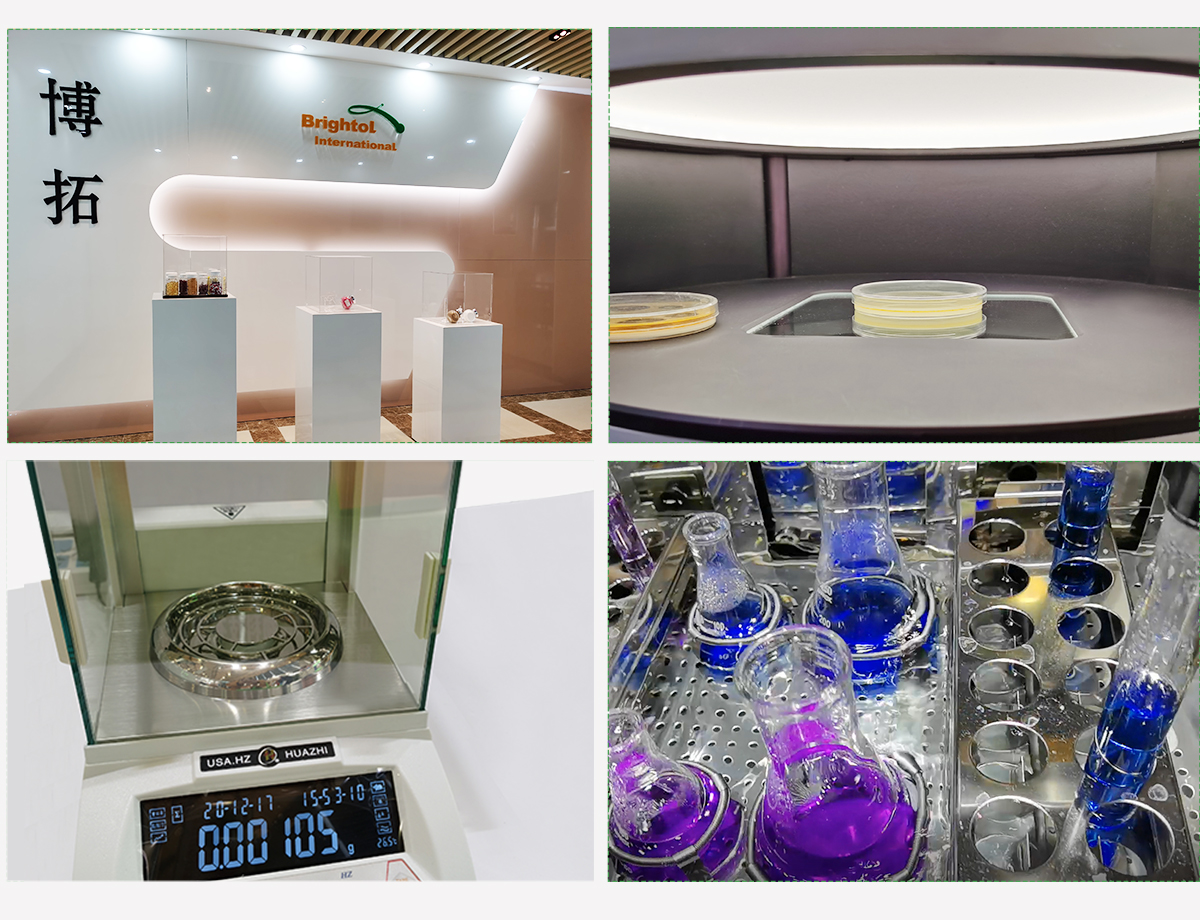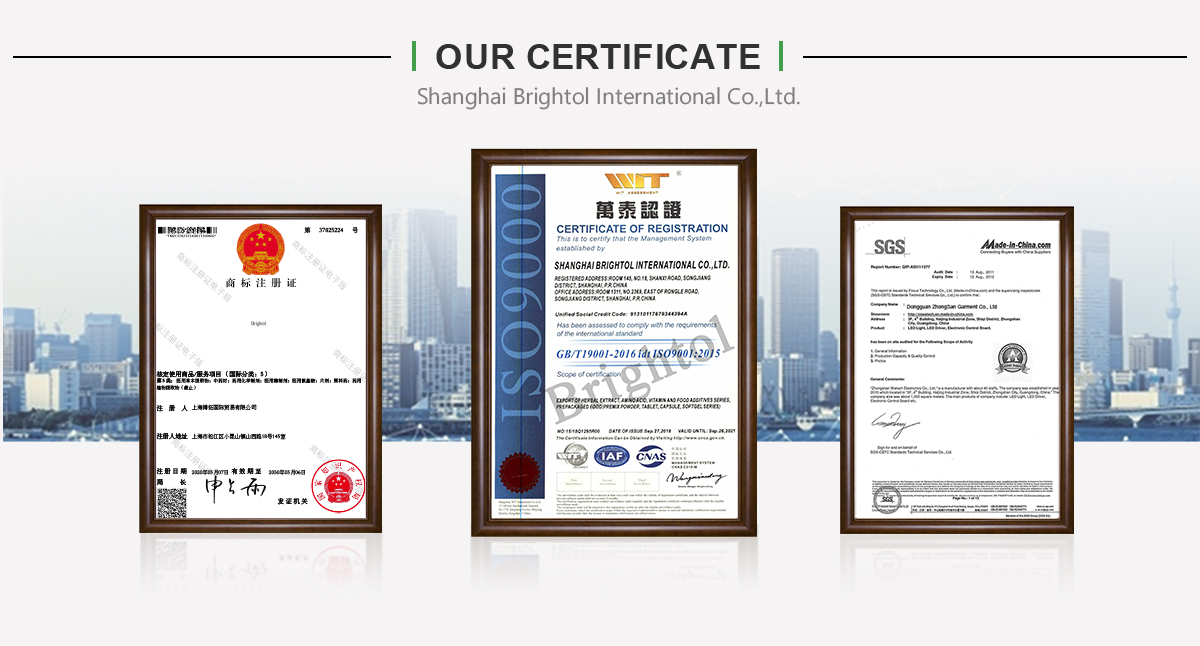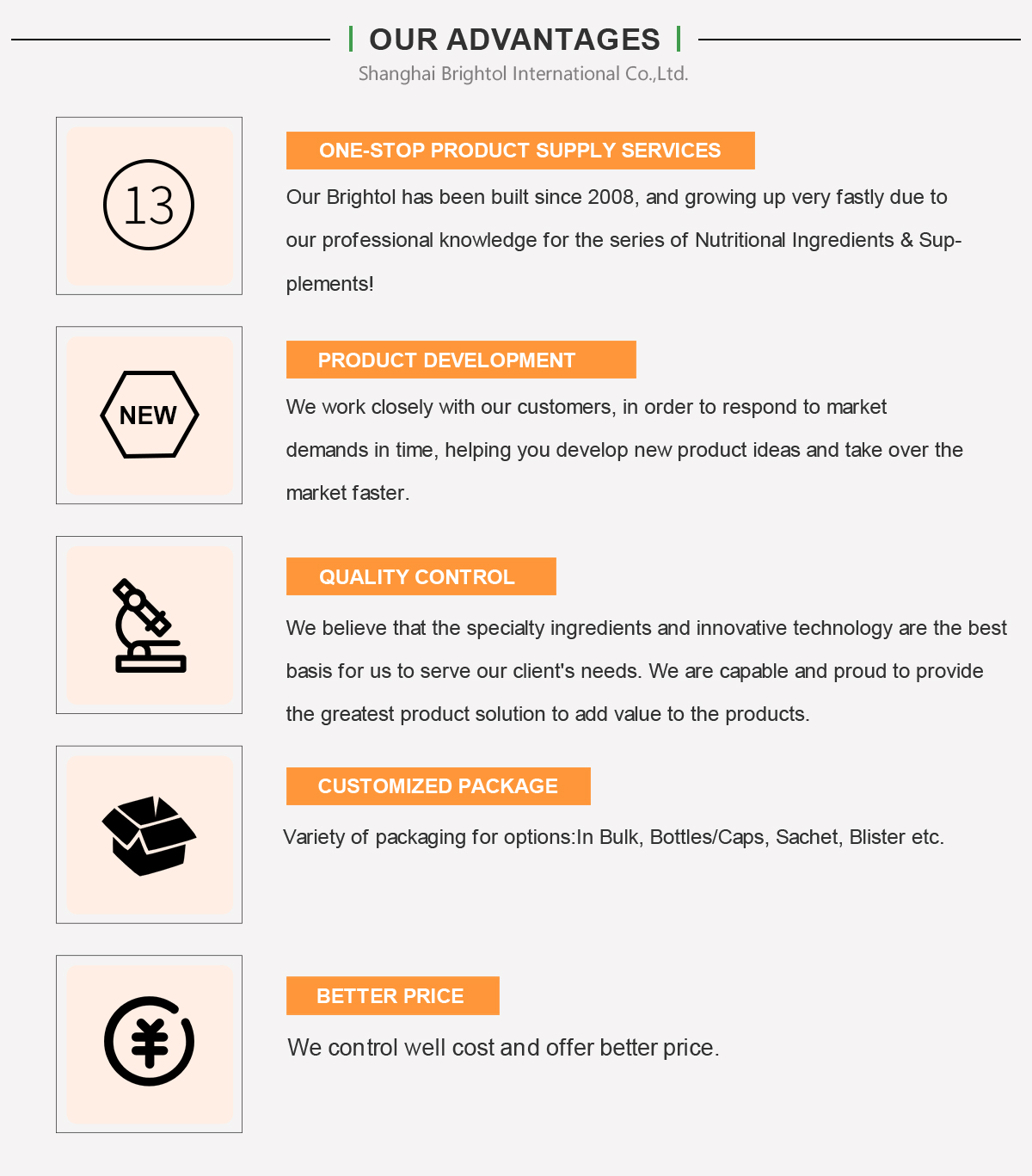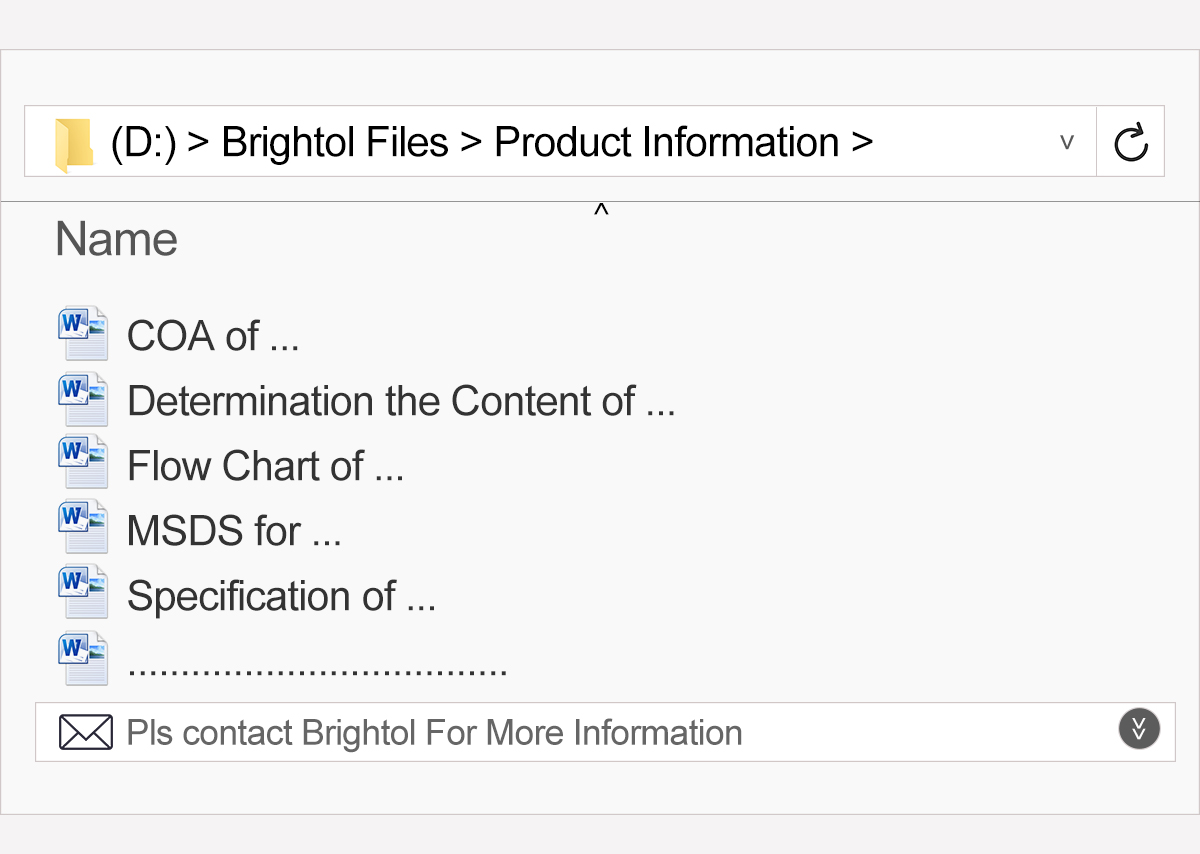

D-biotin(Vitamin B7)
Introduction:
D-biotin is the naturally occurring, biologically active form of the B vitamin biotin. It's involved in lipid, protein and carbohydrate metabolism.
D-biotin is one of eight forms of the water-soluble vitamin, biotin, also known as vitamin B-7. It is a coenzyme -- or helper enzyme -- for numerous metabolic reactions in the body. D-biotin is involved in lipid and protein metabolism and helps convert food into glucose, which the body uses for energy. It's also vital for maintaining skin, hair and mucous membranes. It has eight specific forms, but only D-biotin is completely biologically active in humans. The general term “biotin” therefore refers specifically to D-biotin unless otherwise stated.
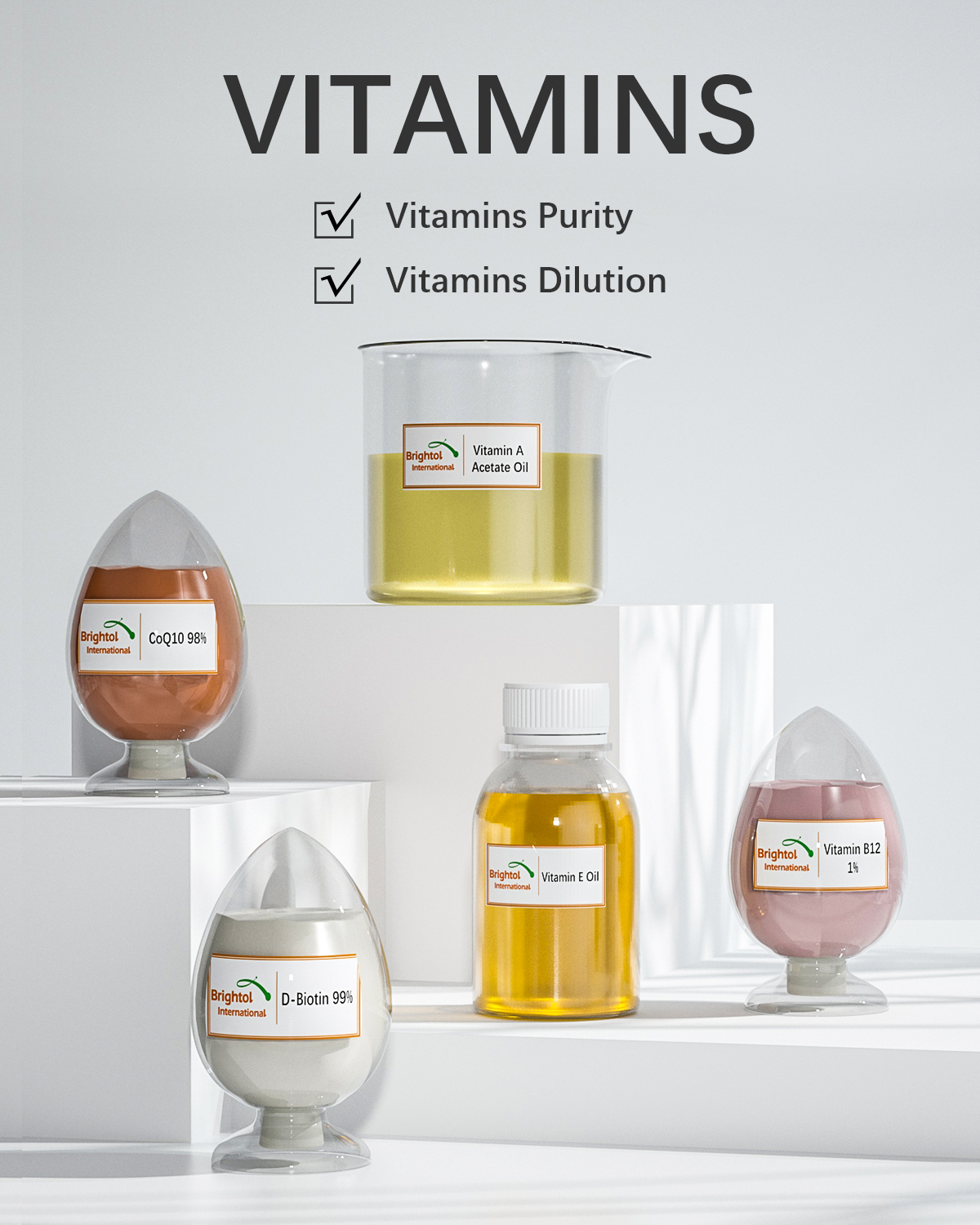
 D-biotin(Vitamin B7)
D-biotin(Vitamin B7)
Introduction:
D-biotin is the naturally occurring, biologically active form of the B vitamin biotin. It's involved in lipid, protein and carbohydrate metabolism.
D-biotin is one of eight forms of the water-soluble vitamin, biotin, also known as vitamin B-7. It is a coenzyme -- or helper enzyme -- for numerous metabolic reactions in the body. D-biotin is involved in lipid and protein metabolism and helps convert food into glucose, which the body uses for energy. It's also vital for maintaining skin, hair and mucous membranes. It has eight specific forms, but only D-biotin is completely biologically active in humans. The general term “biotin” therefore refers specifically to D-biotin unless otherwise stated.
Introduction:
|
Name |
D-Biotin(VH99%,5%,2%,1%) |
|
Molecular Formula |
C10H16N2O3S |
|
Molecular Weight |
244.31 |
|
CAS NO. |
58-85-5 (22879-79-4) |
|
Melting point |
231-233 ºC |
|
Alpha |
89 º (c=1, 0.1N NaOH) |
Feature:
White or almost white crystalline powder or colorless crystal, slightly soluble in water and ethanol, almost insoluble in acetone. Dissolved in a dilute solution of alkali metal hydroxides, used as auxiliary substances, food and feed additives.
Specification
D-biotin(VH 99%)
|
Item |
Standard |
|
Appearance |
A white crystalline powder or colorless crystal |
|
Identification |
A:IR/B:HPLC/C: color reaction/ |
|
Related substance |
Meet the requirements |
|
Heavy metal |
≤10ppm |
|
Loss on dry |
≤1.0% |
|
Sulfate ash |
≤0.1% |
|
Assay |
98.5%-101.0% |
D-biotin(VH 5%)
|
Item |
Standard |
|
Appearance |
A white or almost white powder, free flowing readily absorbing moisture |
|
Loss on dry |
≤8.0% |
|
Particle size |
90% pass through 80 mesh sieve |
|
Assay |
≥5.0% |
|
Packaging & storage |
Store in dry and well-closed containers |
D-biotin(VH 2%)
|
Item |
Standard |
|
Appearance |
A white or almost white powder, free flowing readily absorbing moisture |
|
Loss on dry |
≤8.0% |
|
Particle size |
90% pass through 80 mesh sieve |
|
Assay |
≥2.0% |
|
Packaging & storage |
Store in dry and well-closed containers |
D-biotin(VH 1%)
|
Item |
Standard |
|
Appearance |
A white or almost white powder, free flowing readily absorbing moisture |
|
Loss on dry |
≤8.0% |
|
Particle size |
90% pass through 80 mesh sieve |
|
Assay |
≥1.0% |
|
Packaging & storage |
Store in dry and well-closed containers |
Function:
1. Skin health support
Biotin can help support healthy skin growth, especially around the eyes, mouth and nose.
2. Hair health support
Biotin may be able to maintain the normal thickness and color of your hair. This use of biotin is often combined with zinc.
3. Healthy blood sugar management
Some scientific evidence exists that a combination of biotin and chromium may help support the body's natural ability to manage and regulate blood sugar levels Biotin may also be able to help manage the dis comfort in the extremities.
4. Nail health support
Biotin may help to maintain the normal thickness of fingernails and toenails, especially for people with brittle nails.
